BEST OF SALE

An Expert Guide to Symbols Stamped on Jewelry
Have you ever been rummaging in your mom's or grandfather's jewelry collection? Sometimes, retro-inspired pieces can add a classic element to your look.
While examining jewelry pieces, you might notice markings on the inside of rings or the clasp of necklaces. What do these jewelry markings mean?
Keep reading to understand how these symbols let you know what a piece of jewelry is made of.
What Are the Main Types of Jewelry Symbols?
There are quite a few different varieties of jewelry marks to consider. Some have to do with the metal content in a piece of jewelry, and others may be a unique marking that denotes vintage quality. Others can be custom markings that have sentimental meaning.
Let's break them up into a few categories and figure out how to identify each kind:
What Are Jewelry Hallmarks?
The first kind of marking to consider is hallmarking. Usually, this type has to do with the metal content of a jewelry piece. It's helpful to know this kind of marking to understand the value of a second-hand piece, heirloom piece, or vintage ring, chain, or bracelet.
Maker's Marks
Another kind of marking to consider is a maker's mark, which can let you know more about the maker behind the piece of jewelry you're considering. For example, if you're looking at a vintage chain, you might examine it to see whether it has a valuable maker's mark to authenticate it.
The History of Maker's Marks
Jewelry didn't always include these identifying marks. The National Gold and Silver Stamping Act of 1906 made it necessary for United States jewelers to have purity marks describing the metal contents of a piece of jewelry.
Later in 1961, the government also passed a new mandate requiring jewelers to place a maker's mark on their jewelry to offer more information about the producer behind jewelry pieces.
While hallmarking in the United States only dates to over 100 years ago, Great Britain has maintained a much longer history of marking jewelry. Since the 1300s, you could expect jewelry pieces from Great Britain to include hallmarks noting the material details.
Today, jewelry producers follow the Hallmarking Act of 1973, causing jewelry to contain an assay office mark noting the year a government establishment evaluated it for quality.
The Legal Details of Stamping Jewelry
Although some government-passed acts mandated that jewelry producers be transparent about jewelry contents, its legality is somewhat gray. Essentially, in the United States, a jeweler must legally inform potential customers about the purity of their jewelry, but they don't have to do so with engraved markings unless they wish to. As long as the information about the piece of jewelry is accessible to the wearer, the jeweler is in the clear.
However, if a jewelry manufacturer does opt to list the purity hallmark on the piece of jewelry itself, it must be next to a maker's mark identifying the retailer. This rule allows customers to be informed about the contents of their jewelry while putting accountability on producers to be honest about hallmarks.
What Do Jewelry Markings Mean?
Now that we've discussed some of the backgrounds of hallmarks and maker's marks, let's get into identifying them. As we've discussed, some imprints explain the contents of the jewelry, and others function as identifiers for the jewelry producer behind the piece.
If you want to figure out what different markings mean, keep reading.
Gold Purity
If you're buying gold jewelry, you can usually take a look at the inner band or clasp to discover what kind of gold you're buying. You can generally see two digits before the letter "k," which stands for karats on gold jewelry pieces. Alternatively, you might notice three numbers on your jewelry without a letter following them.
If you see 585, you can gather that the piece of jewelry in your possession contains 14-karat gold, which is 58.5% gold compared to the rest of its contents. You might also see 750, indicating 18-karat gold, which is 75% pure gold over a base metal.
Silver Purity
When it comes to investigating silver pieces, there are also a few relevant markings to help you determine the amount of pure silver in your jewelry. One of the most common markings is 925 or 92.5, indicating sterling silver, which comprises 92.5% pure silver and 7.5% alloy metal.
Understanding silver and gold composition can let you know how valuable your jewelry is, and it can also help you avoid alloy metals that might irritate your skin. You can also use this information to help you understand how long your jewelry will last.
Serial Numbers and Patents
Some jewelry producers also feature an authentication mark on their pieces. These can function as serial numbers that help you distinguish their quality, individuality, and significance.
Other producers may feature a patent mark on the jewelry piece signifying the number the jeweler received after registering their design with the U.S. government. Generally, this mark is minimal and won't interfere with the appeal of your jewelry.
What Do Animal Stamps Mean?
In the 1800s, some French pieces of jewelry featured engraved animal shapes. If you ever come across one of these pieces, you might see an eagle, which can signify that the chain, ring, bracelet, or other piece contains at least 18-karat gold, if not more. If you find a piece with a boar's head engraved, it represents the Assay Office of Paris which tests the purity of different precious metals.
Stamp Key
Let's check out some of the other common engravings you might find on jewelry items. Here's a key to help you out:
- 18k/750: 18-karat gold
- 20k: 20-karat gold
- 24k: 24-karat gold
- 417: 10-karat gold
- 585: 14-karat gold
- 999: 24-karat gold (no alloys, solid gold)
- PT: Platinum/plat
- Pd: Palladium
- CZ: Cubic Zirconia
- G.F.: Gold-filled
- G.P.: Gold-plated
- H.G.E: Heavy gold-electroplated
- ct: Carat (carat weight is used for gemstones, not gold)
- S.S.: Stainless steel
- 925: Sterling silver
Custom Engraving
If you're dealing with second-hand jewelry, you might also notice markings that aren't on the above list. It may be a custom engraving designed by the jewelry piece's previous owner. These may not add to the value but can still add character to vintage pieces.
How To Choose Quality Jewelry Today
Are you in the market for new pieces? You might be wondering how to make sure the chains, rings, bracelets, or earrings you buy are worth their salt.
Let's look at a couple of things you can keep in mind when you want to buy jewelry that lasts:
Opt for Hallmarked Pieces
If you're out in public browsing at vintage jewelry shops, you can use the information you learned about markings to evaluate the pieces there. Check the insides of rings and the clasps on chains and bracelets for any hallmarks. If you find one of the above markings, you can determine whether a piece of gold or silver is high enough quality for your budget.
Look for the CRAFTD Logo
You don't have to visit vintage jewelry shops or high-end custom jewelry designers to find pieces worth your time. Another mark that can assure you of long-lasting quality is our CRAFTD logo. When you see our symbol marked onto a piece of jewelry, you can trust that it's the object of excellent design work and craftsmanship.
We make our jewelry with 18-karat plated gold and premium 316L stainless steel. In addition to using these materials, we also coat our jewelry in a waterproof, sweatproof, heatproof substance to give you the most prolonged wear.
You can wear your favorite chains swimming or your favorite rings on a mountain biking excursion. They'll stand up to the test and keep their impressive distinction for years –– it's our promise.
When you wear CRAFTD jewelry, you can have full assurance in your jewelry's style and quality while feeling assured in your self-worth, too.
High-Caliber Jewelry Pieces To Jump-Start Your Collection
Are you ready to treat yourself to new jewelry? You shouldn't have to mess around with low-caliber pieces that rust, tarnish, and chip.
Here are a few of our favorite reliable CRAFTD pieces that you can add to your wardrobe:
The CRAFTD Crucifix Pendant
This iconic emblem has a history that predates modern jewelry. It's also made its mark in contemporary fashion and hip-hop culture nonetheless. Layer our classic Crucifix pendant with your favorite noteworthy chains.
The CRAFTD Connell Chain
This slim Connel chain is ideal for those who prefer minimal details in their wardrobe. Wear it in the color that compliments you best, and you'll have a staple piece that's perfect for everyday wear. This slim layer of gold would best highlight a gold ring.
The CRAFTD Tennis Bracelet
Tennis bracelets have a reputation that's a cut above the rest. You can wear this piece to align yourself with money moves and prestige. It's a stand-out addition to any fit that looks fantastic with white gold pieces.
The CRAFTD St. Michael Pendant
Whether you're looking for new pieces for your collection or searching for the perfect jewelry gift for a loved one, this yellow gold St. Michael pendant is a strong candidate.
Symbols of Fine Jewelry
Why go for low-grade jewelry that doesn't last long? When you don't see any engravings on a ring, necklace, or bracelet, you risk investing in a poorly-made piece.
On the other hand, when you see the CRAFTD logo, you'll know the piece you're about to buy will look incredible and stick around for multiple seasons of your life.
Sources:
Understanding Markings on Jewelry | LoveToKnow
Methods for Determining the Gold Content of Jewelry Metals | GIA
HOW CAN ONE DISTINGUISH REAL FROM FAKE GOLD IN A NON-DESTRUCTIVE MANNER? | University of Florida
TOPN: National Gold and Silver Stamping Act of 1906 | US Law | Cornell Law School


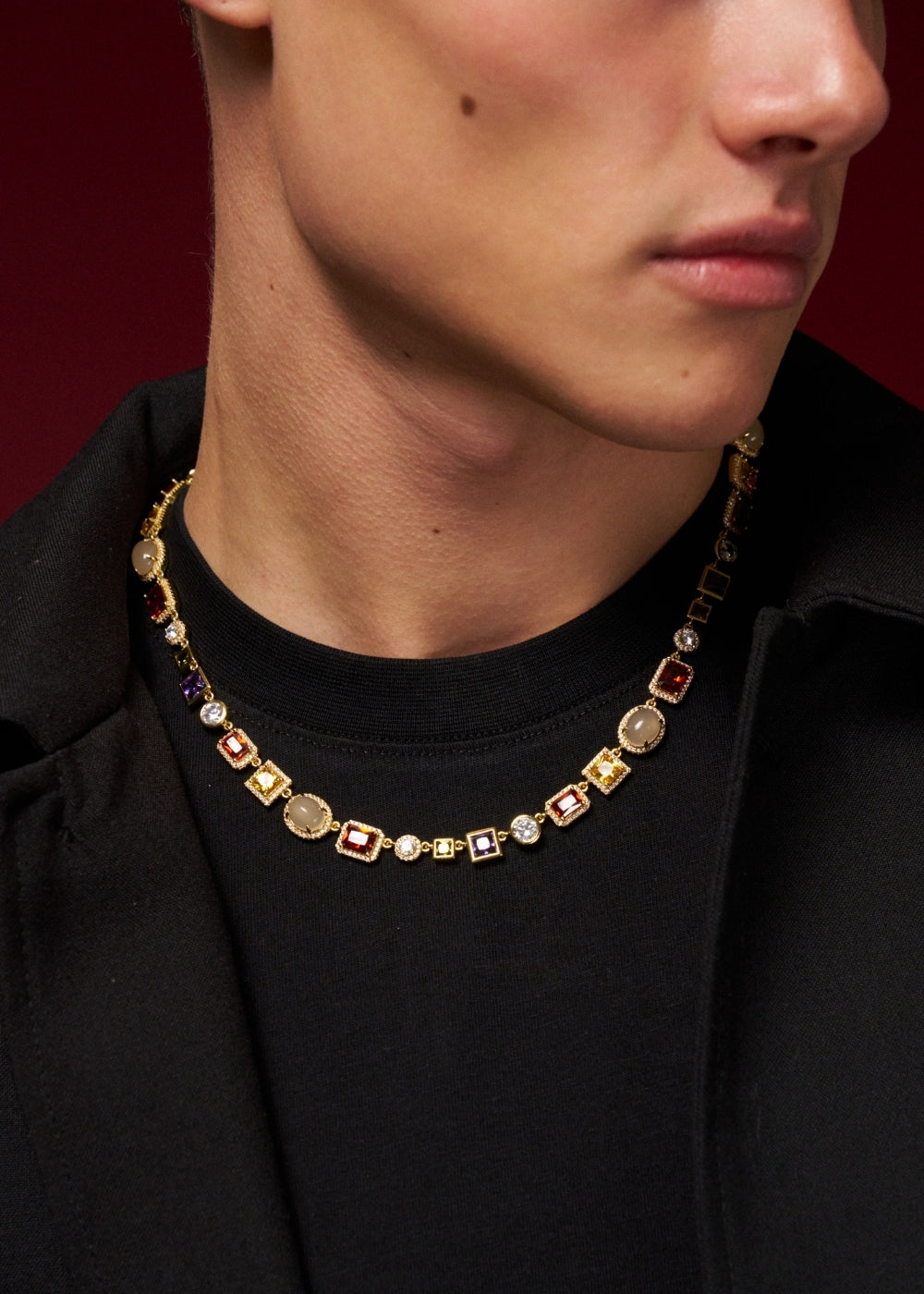
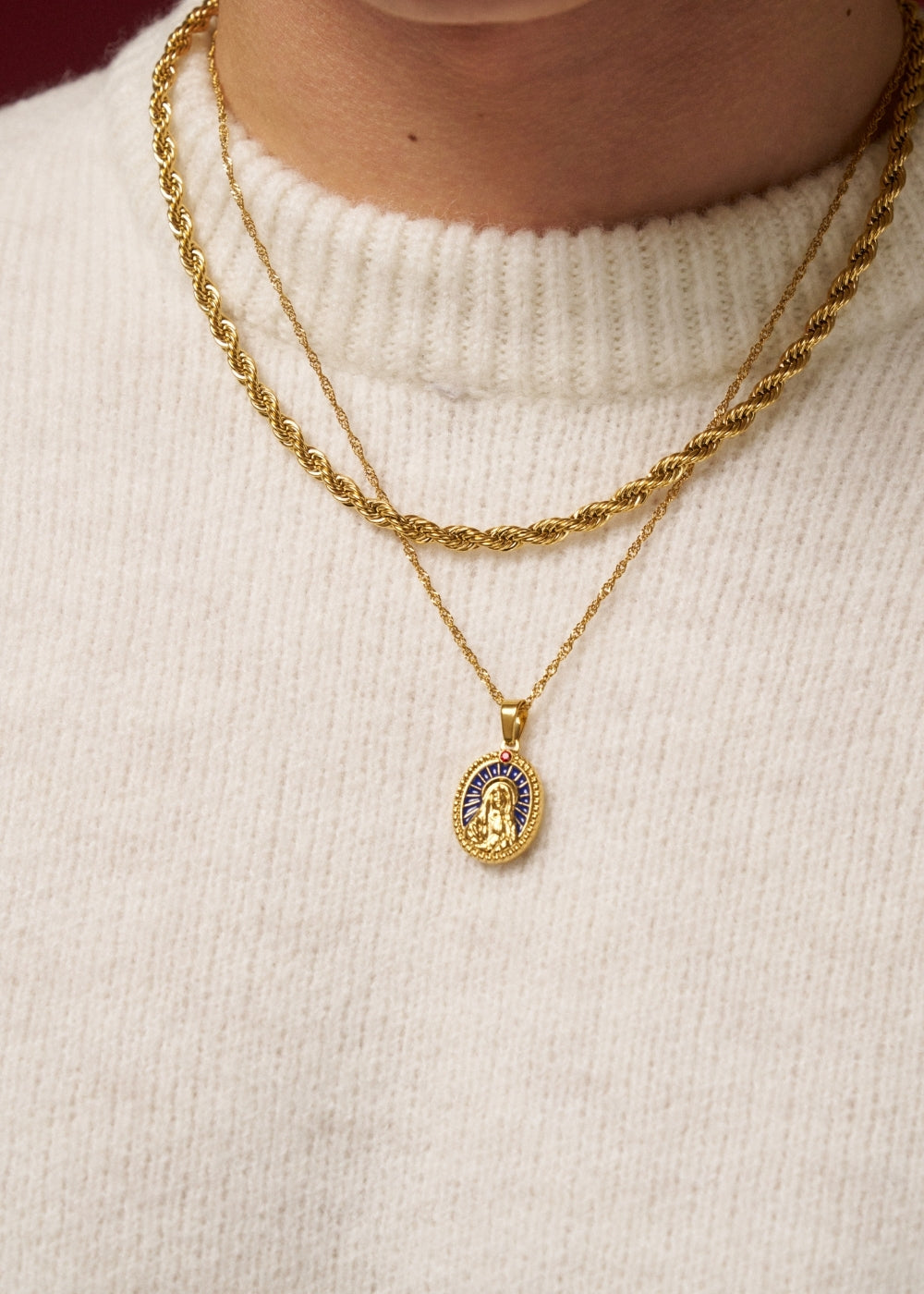
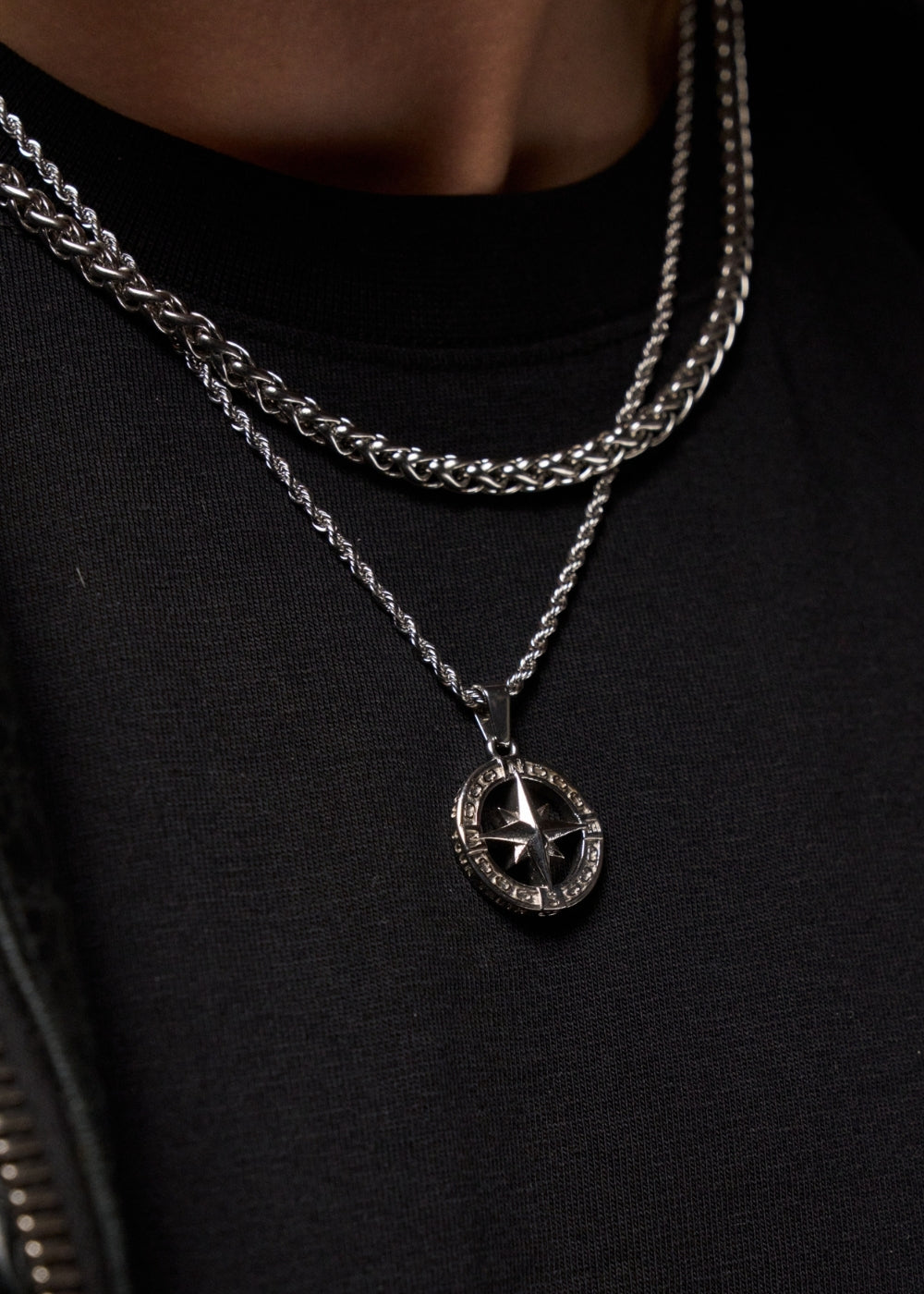
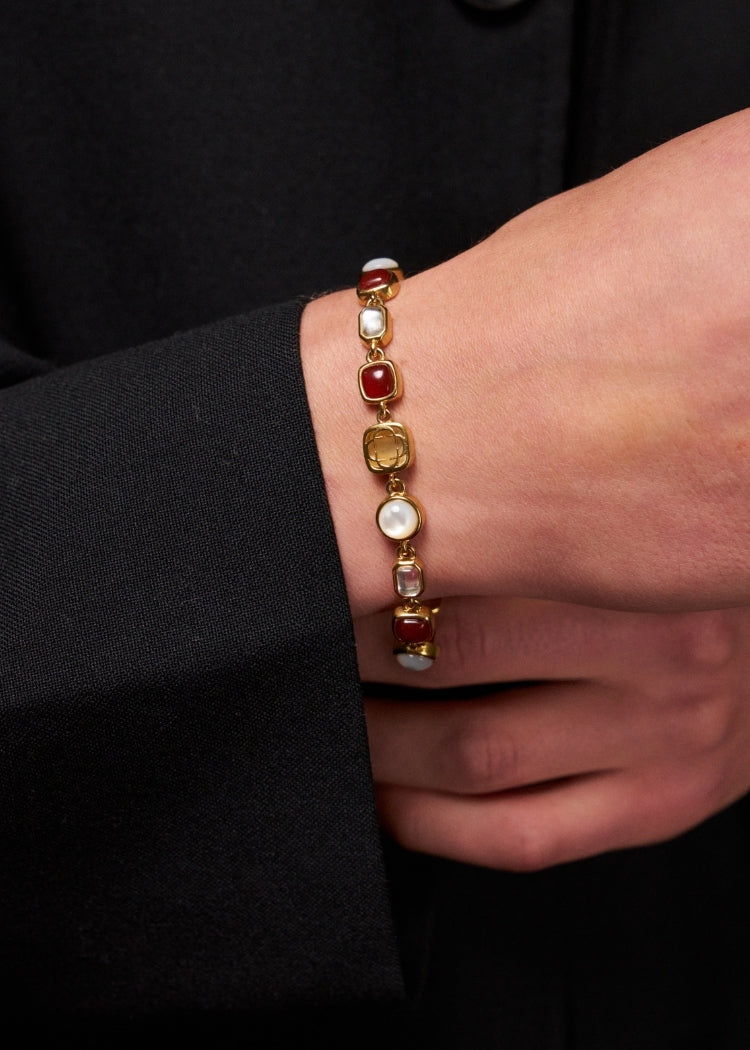
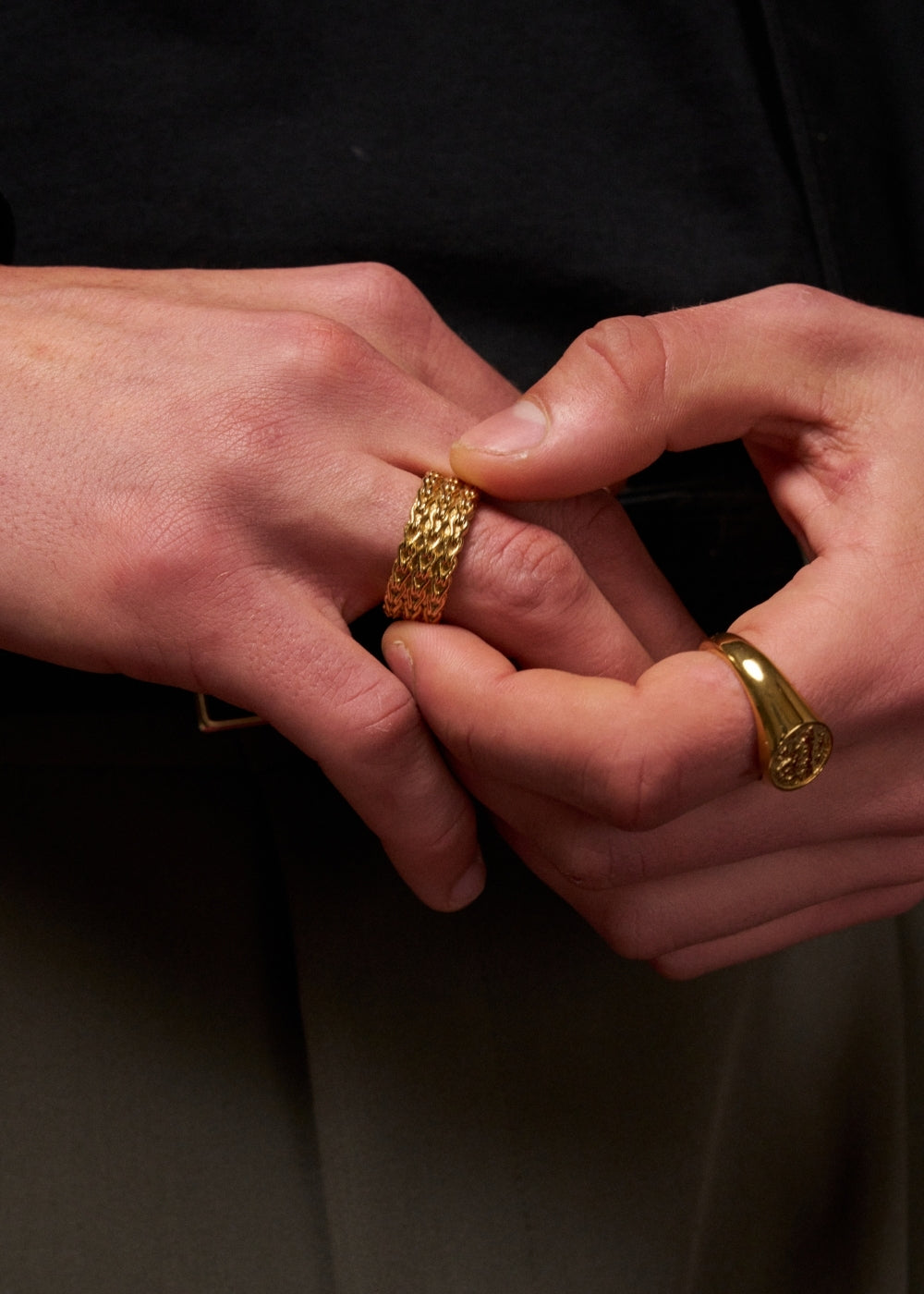
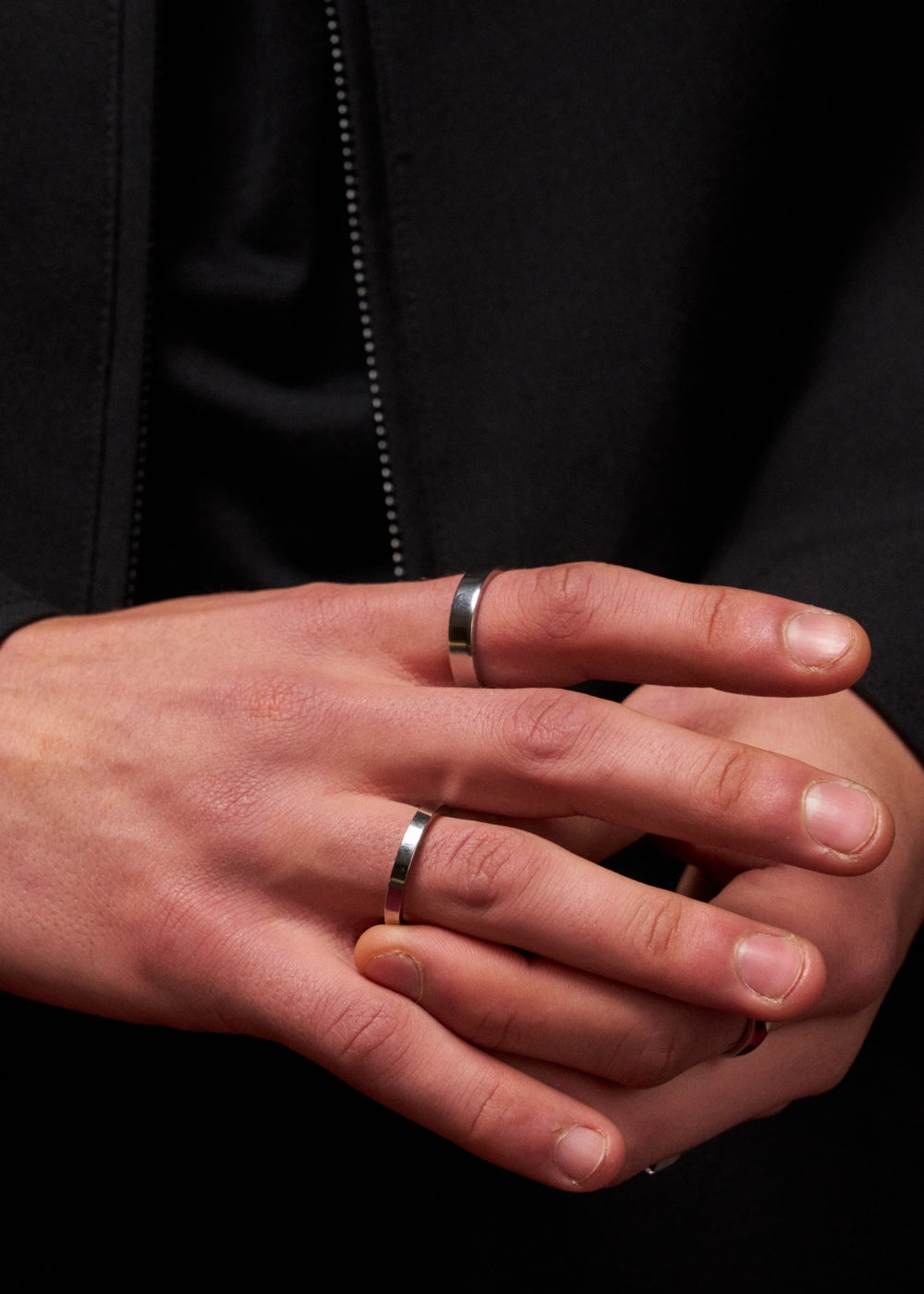
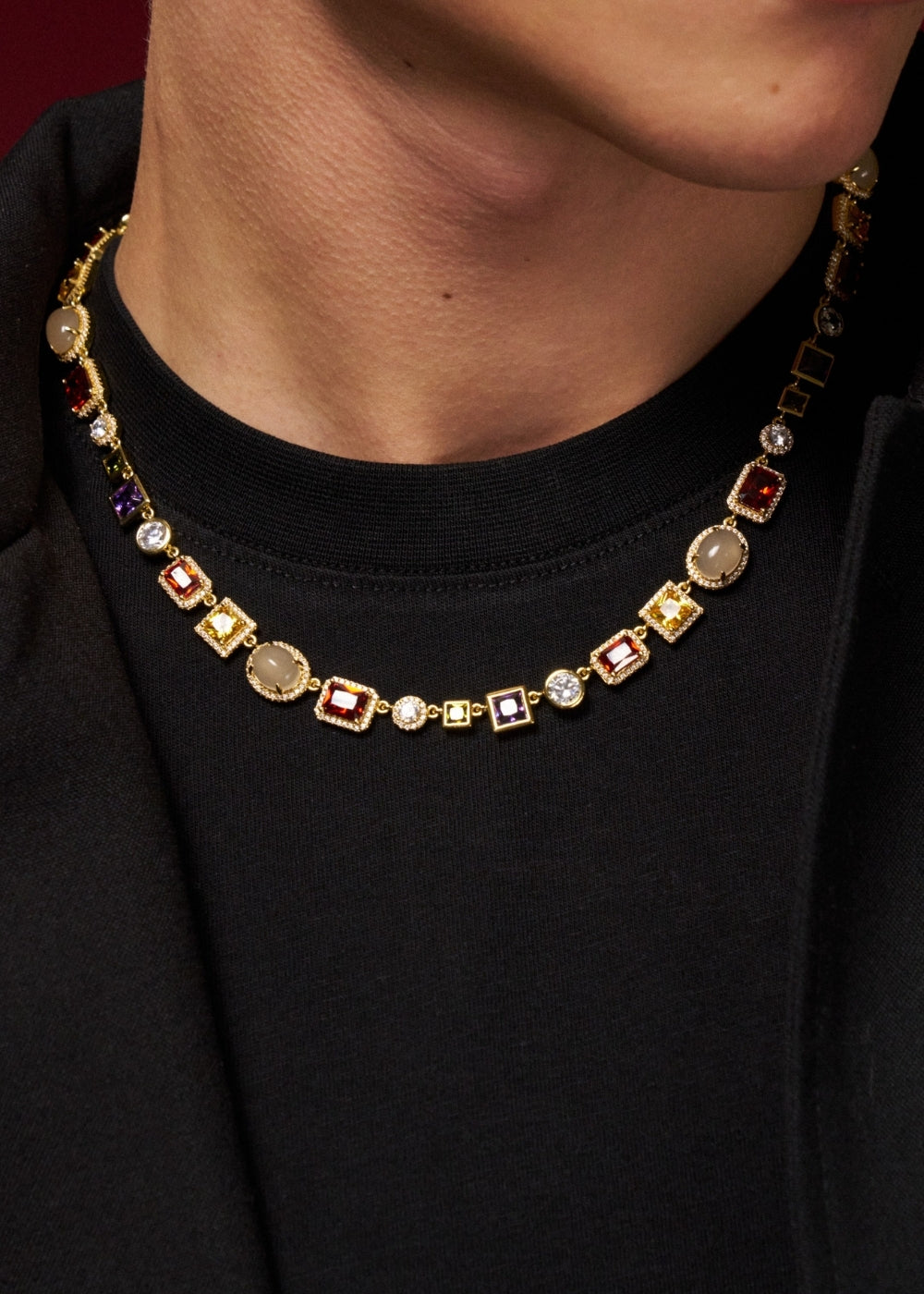
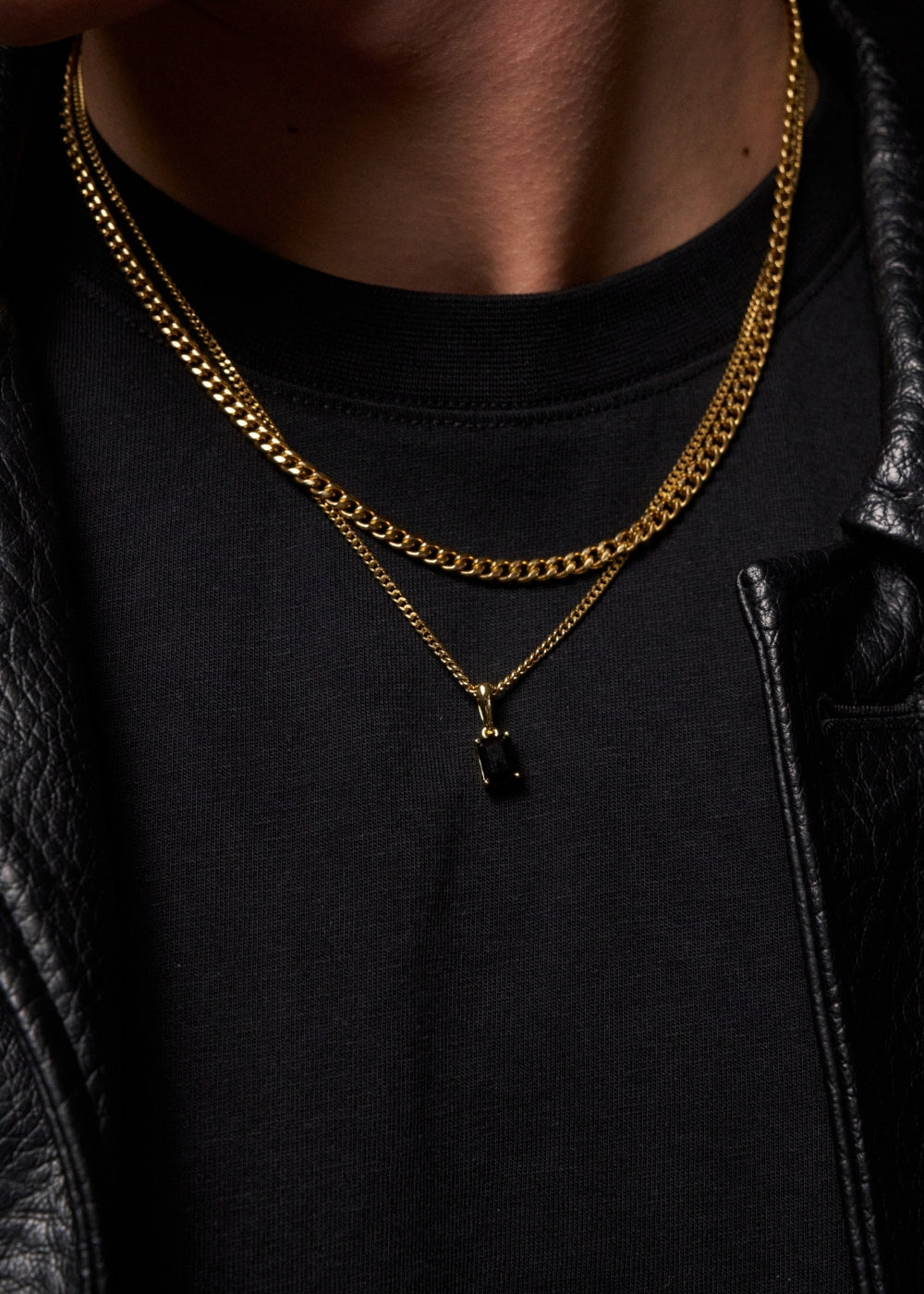
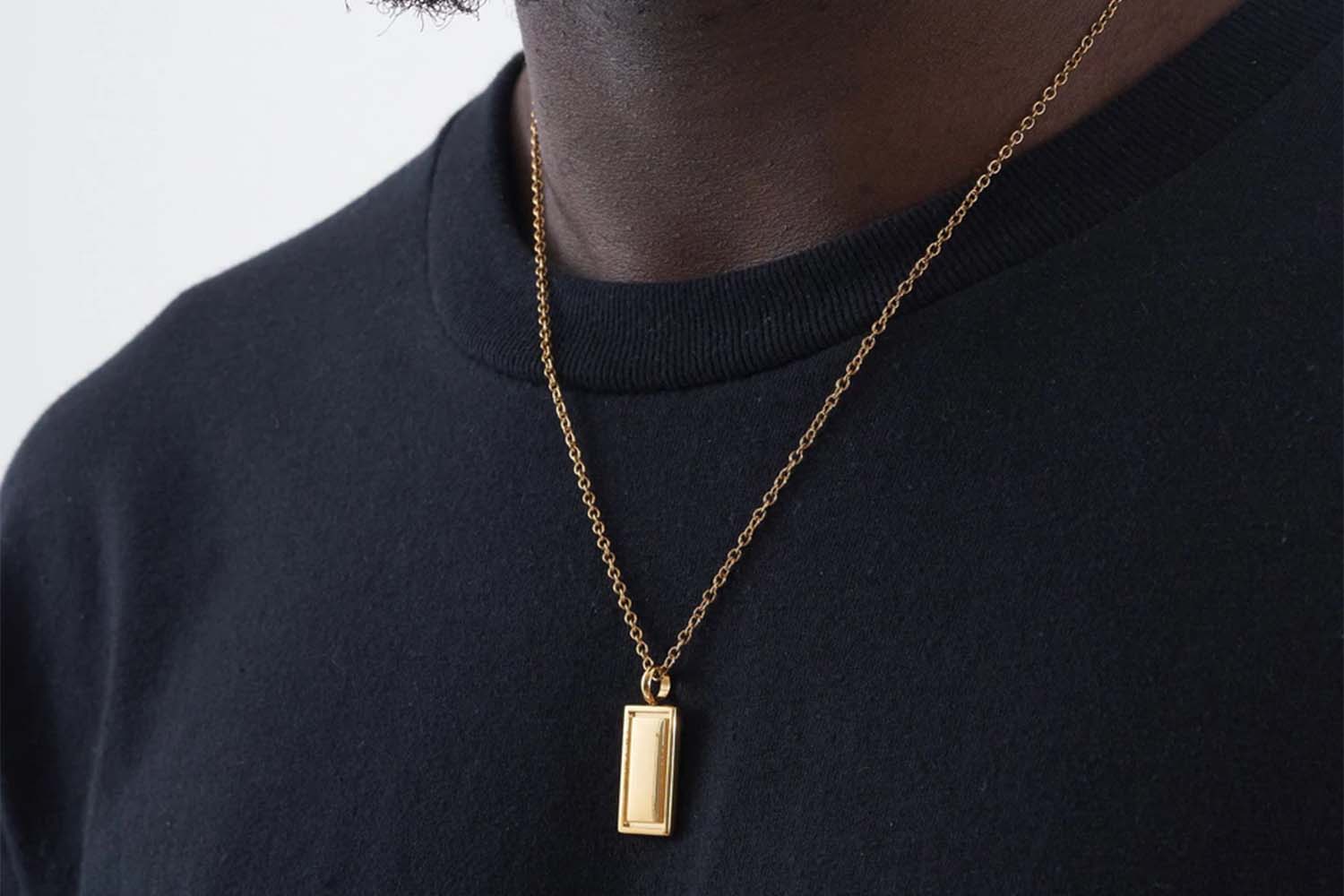

Leave a comment
This site is protected by hCaptcha and the hCaptcha Privacy Policy and Terms of Service apply.